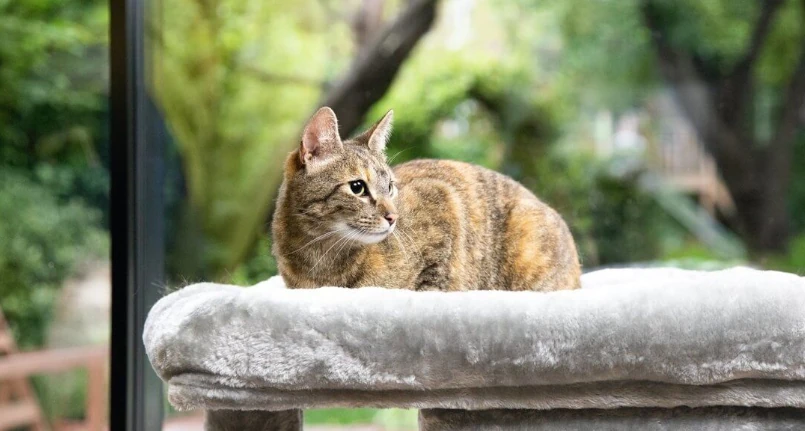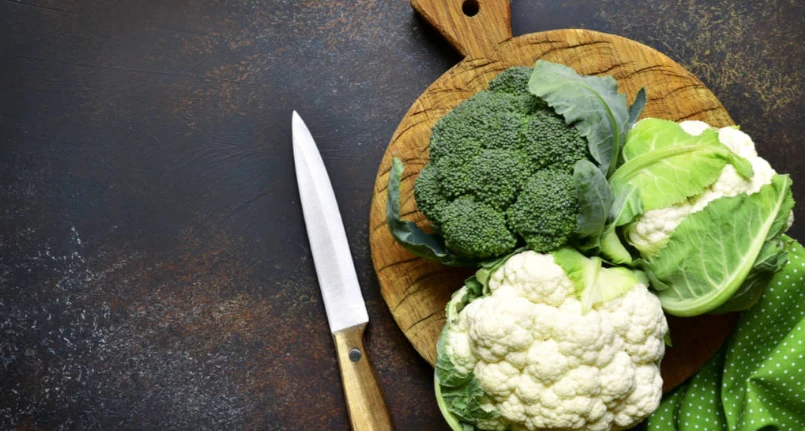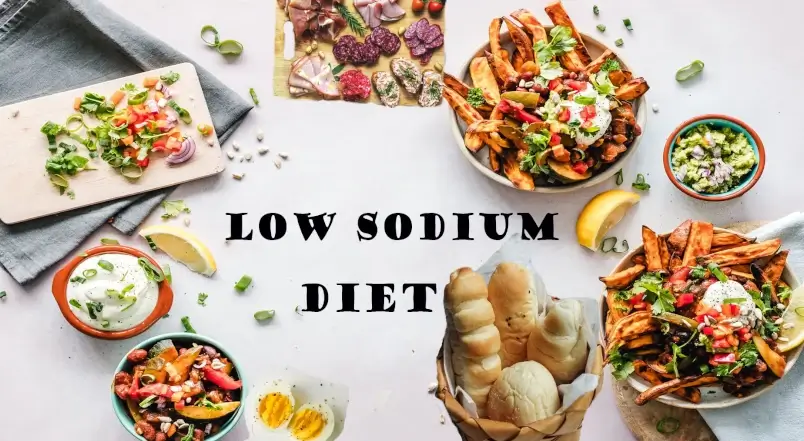Introduction
What should the cat eat?
In recent years, most of the population has learned that proper nutrition is the basis of a healthy life. As for men and women, our pets also need the right attention to start from an early age with simple precautions that can prevent future ailments.
Cats are strict carnivores , so they need meat as a basic element of their daily meal. Animal proteins , and therefore the type of meat used for the production of cat food , are very varied; however, the position they have in the description of the composition on the label assumes importance , because it must be present in the greater quantity than the rest and therefore mentioned in the first place.
The variety of companies that produce both dry and wet cat foods is enormous. For this reason it is important to be advised by professionals in the sector or by your veterinarian in making a conscious choice of good quality.
Feeding for different ages of cats
The cat’s diet must support the growth and modifications of needs that naturally change during its life.
For this reason, foods are divided into the three main phases of feline life:
- Foods for kittens (now often called with the English name kitten ) are designed to accompany the cat from weaning to adulthood. In fact, this type of food is offered when the kitten abandons its mother’s milk and switches to a diet of croquettes and/or wet; it is designed with a very small size, easy to grip to facilitate good chewing. Kitten foods contain adequate nutritional support of vitamins and minerals for the growth of the kitten, which needs more energy than an adult cat and support for its immune systemstill in training. Therefore, antioxidant substances, digestible proteins and specific fibers are often present to accompany the formation of a good intestinal microbiome . In general, food for kittens can be used until the end of the growth period, thus reaching one year of age.
- Food for adult or sterilized adult cats must be offered from the year of life and can be used up to the age of 7-8. The composition of this food has a lower energy content than that of the kitten, especially if you switch to specific foods for sterilized cats; in fact, these are subjects who change their metabolism and are more likely to gain weight. In any case, good quality foods are balanced for the maintenance of the adult cat in good health with a high protein contentto support the muscles and a device for the urinary tract. Among the foods for adult cats, the choice according to the type of life the animal carries out is also indicated: a housewife cat will certainly need less energy than an explorer cat , so there are balanced formulas for both lifestyles.
- Foods for senior cats should be used from the age of 7-8 and follow the changes in the needs of the senior cat. In this case, in general, the digestibility of the food is increased and antioxidant substances are added to prevent the first symptoms of aging. Renal and urinary tract function is also supported , the pathologies of which mainly affect older cats.
These indications follow the general lines of changes that a healthy cat has during its life, thus excluding the specific indications that must be followed in case of diagnosed pathologies. In these cases, in fact, the veterinary doctor will prescribe specific diets.
Nutritional composition to support feline health
The maintenance foods for cats are designed for the health of the feline in its entirety and can be the starting point for each subject. However, if we think of the feline breeds present in our area, we realize that there are specific and recognizable characteristics that make them unique. The selection of the breeds is the result of a genetic study which selects all those characters which allow us to know the standard of each subject belonging to it. On this line, therefore, there are specific foods on the market for some of the most common breeds, designed according to the nutritional needs to support the development of the systems and the prevention of known pathologies.
In particular, the foods produced can mark their attention to the health of:
- muscles and joints for active cats with a significant size. In fact, sources of omega 3 fatty acids such as EPA ( eicosapentaenoic acid ) and DHA ( docosahexaenoic acid ) are added to the formulation for their joint anti-inflammatory action and a good protein and fat content is maintained to support the muscles
- hair and skin for cats with a very thick or long coat, which needs a support of omega 3 and omega 6 and an increase in fibers for an adequate transit of hairballs. These formulations are able to support the skin in breeds predisposed to dermatitis .
- heart with the addition of taurine , in addition to EPA and DHA , for the prevention of cardiomyopathies especially in predisposed breeds. In fact, taurine is one of the amino acids that the cat, unlike other species, is unable to produce with its metabolism but must be introduced with the diet. Indeed, it constitutes one of the main errors in the event of incorrect formulations. In predisposed breeds this amine assumes even more importance.
- urinary tract with the right balance of mineral salts present, for the prevention of disorders of the lower urinary tract.
- intestine through the use of highly digestible protein and probiotics , especially in breeds with a tendency to alterations of the intestinal flora and therefore to gastrointestinal problems.
- mouth and teeth , studying a form of dry food that helps chewing and prevents the formation of tartar . In fact, there are feed companies that offer croquettes of different shapes depending on the type of jaw that each feline breed has.
The most common breeds with specific foods
As previously mentioned, there are numerous brands of cat food , and some of these produce foods with a composition that brings together the breed’s needs for predisposition to known pathologies.
Among the breeds for which specific lines are available we find:
- The Main Coon is a larger breed than all the others, so it needs a lot of energy and support for its powerful muscles , bones and joints, and for its thick coat. He also has a predisposition for heart disease .
- The Norwegian Forest , also a large breed with long hair for which attention must be paid to joints and to the prevention of disorders related to hairballs.
- The Siamese , with attention to the muscles for the maintenance of its slender build, its digestive health and the prevention of urinary pathologies.
- The Persian , for which the needs must satisfy particular needs of skin and coat, intestine and urinary tract.
- The British , which in addition to muscle and bone support needs a prevention formula for the heart and urinary tract.
- The Sphynx , which with its particular naked appearance must be protected from the dermatological diseases that can affect it. For this reason, in addition to heart and urinary tract support, attention must be paid to the amount of fat present and energy, useful for maintaining body heat normally dispersed by the skin.
- The Ragdoll , predisposed to urinary and cardiac pathologies, must receive the right formulation for its typical soft coat.
- The Bengal , with a particularly silky coat and agile body, has nutritional needs for bones, joints, muscles and coat.




